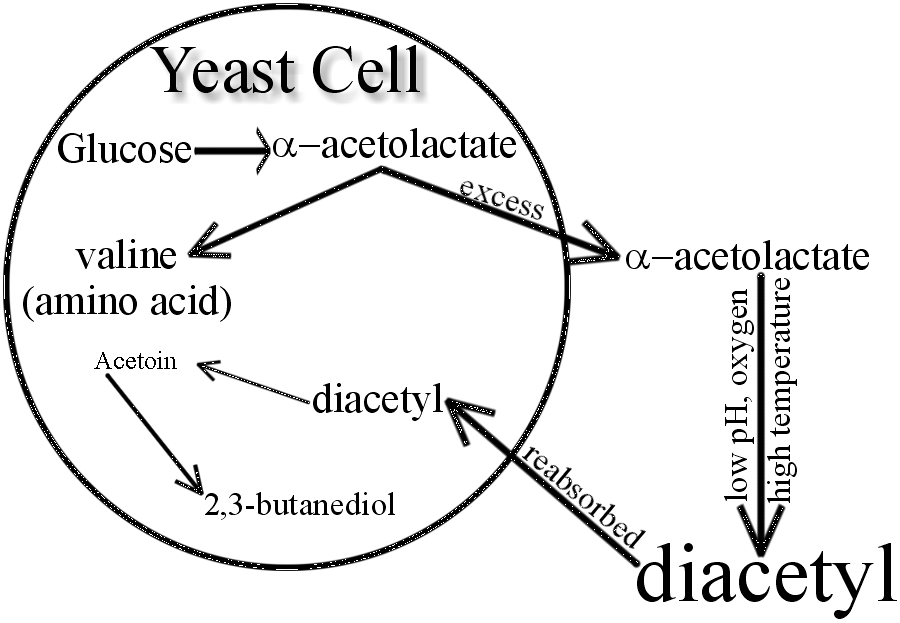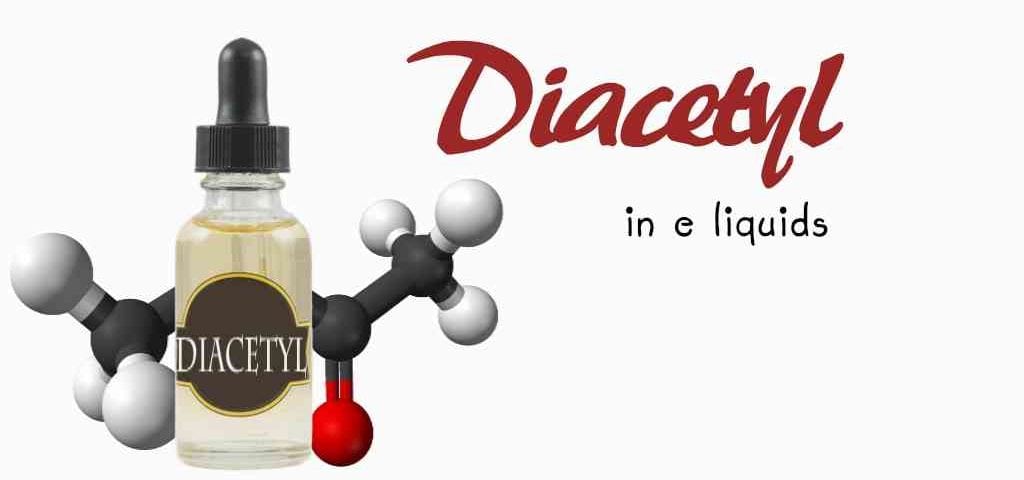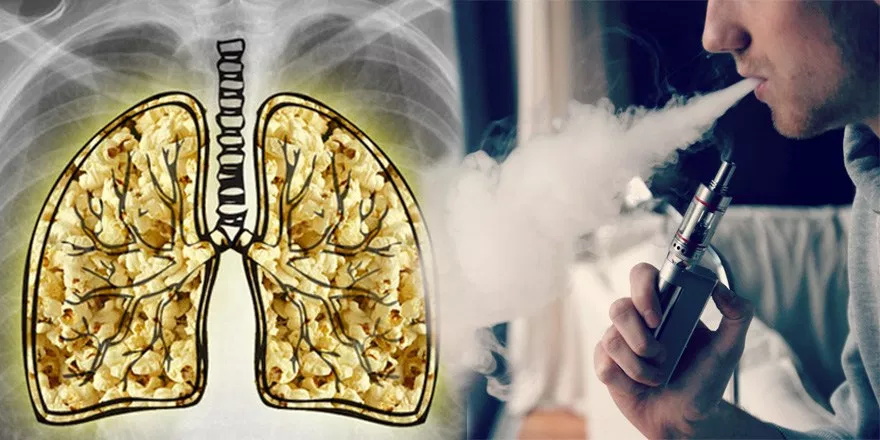No. There’s no good evidence that e-cigarettes could cause the lung condition called popcorn lung. There’s been no cases of popcorn lung reported in people who use e-cigarettes. If you’re a smoker, the best thing you can do for your health is to stop.
What is popcorn lung?

"Popcorn lung" is the nickname for bronchiolitis obliterans. That's a condition that damages your lungs' smallest airways and makes you cough and feel short of breath. It's sometimes caused by breathing in a chemical used to flavor microwave popcorn. But other chemicals or lung illnesses can also cause popcorn lung. Your lungs are where your blood picks up oxygen before carrying it to cells in the rest of your body. When you breathe in, air flows into your lungs through your windpipe, or trachea. Your windpipe divides into two tubes called the bronchi, which lead to your left and right lungs. Inside your lungs, those tubes split again and again, like the branches of a tree. The smallest of those branches are called bronchioles, and they end in tiny air sacs called alveoli. The alveoli are where the oxygen is picked up by your blood.
What Causes Popcorn Lung?

One of the inhaled chemicals associated with the cause of popcorn lung is Diacetyl. Diacetyl is a chemical used in many processed foods to impart a buttery or creamy flavor. In the past, it was used by manufacturers to give popcorn its buttery taste and in 2002 eight cases of irreversible lung disease were documented in people who had worked at a Missouri popcorn factory between 1992 and 2000. This is where the condition’s name is derived from. But as well as being found in foods, the chemical has also been found in the flavoring of e-liquids in e-cigarettes - before it was banned in 2016 under EU law.
Is there diacetyl in vapes?

There can be diacetyl in e-liquid. It’s not a given, but it’s a fact that it’s in some e-liquid on the market. Some e-liquids contain diacetyl or AP in the flavorings used to make them. The most obvious ones are e-juices with buttery flavors, like custards and other sweet desserts. But some candy- and fruit-flavored e-liquids and even tobacco flavors can also contain diketones like diacetyl. Vapers have had concerns about diacetyl and health to vapers almost since vaping began, but the topic was first addressed scientifically in a 2014 paper by cardiologist Konstantinos Farsalinos and three colleagues. Their research found diacetyl and AP in numerous sweet-flavored e-liquids, and deemed the diketones “an avoidable risk.” After the study, there was heated debate in the vaping community that resulted in many companies reformulating their products, but not all did. And not all vapers even wanted them to. For vapers concerned about diacetyl, there are some companies that are recognized for their diketone-free formulations. And if you live in the U.K. or European Union, diacetyl is prohibited as an ingredient in nicotine-containing e-liquid.
Does vaping cause popcorn lung?

There has never been a single reported case of popcorn lung from vaping. Having said that, there are plenty of news stories that suggest vaping can cause it. There’s no evidence to support vaping as a cause of popcorn lung, in any vaping studies or otherwise, but maybe diacetyl in cigarette smoking could shed some insight about the possibilities. Cigarette smoke contains at least 100 times as much diacetyl as the highest levels in any vaping product, yet smoking is not associated with popcorn lung. Despite the one billion smokers in the world who inhale diacetyl regularly in cigarettes, no smoker has been diagnosed with popcorn lung. And the few smokers known to have contracted popcorn lung were workers in a popcorn factory. According to NIOSH, smokers with bronchiolitis exhibit a discernibly more severe kind of lung damage than smokers with the usual (and still terrible) smoking-caused respiratory diseases like emphysema. Despite the well-known risks of smoking, popcorn lung is not considered on its outcomes. Of course, lung cancer and chronic obstructive pulmonary disease (COPD) are associated with smoking from inhalation of carcinogenic compounds, tar, and carbon monoxide. But vapes don’t involve combustion, so they don’t produce any tar or carbon monoxide — and in the worst-case scenario, they only contain about one percent of the diacetyl that’s in cigarettes. While almost anything is possible, there’s simply no evidence that vaping causes popcorn lung. So vaping is a useful and healthier way to help you quit smoking!
Click here to know more about vaping:
https://www.ave40.com/Reprinted from cancerresearchuk.org.




